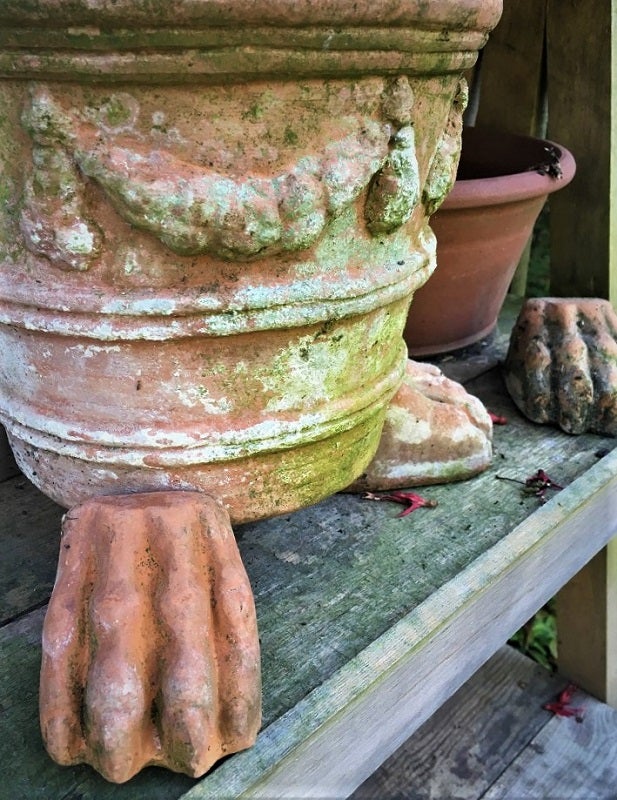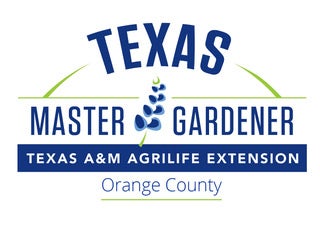A few ways Epsom salt can help your garden grow better
Published 2:00 pm Sunday, May 26, 2019

- Image by Axel Mellin from Pixabay
By Sheri Bethard
Certified Master Gardener, Orange County
Epsom salt is a natural mineral that was first discovered in Epsom, England. People typically use Epsom salt in the bathroom to relieve aches and pains or internally as a laxative, but it is also a garden additive that expert gardeners swear by. It can help you produce lush, healthy plants, flowers, and trees.
Epsom salt, also known as magnesium sulfate, works well in the home garden because it gives fertilizer and soil a much-needed boost of both magnesium and sulfate. The additional minerals enable plants to receive more nutrition from the soil they are in. This, in turn, increases the plant’s output.
Help Tomatoes and Peppers late in their season.
Tomatoes and peppers may show signs of magnesium deficiency late in the season when their leaves begin to yellow between the leaf veins and fruit production decreases. Using Epsom salts before they start to decline does seem to have some benefit. Either mix 1 tablespoon of Epsom salt to your peppers and tomatoes by working it into the soil of the planting hole when setting out your plants. A foliar spray of 1 Tbsp. per gallon of water when the plants start to flower and again when young fruits start to form is beneficial. If you want the salt to dissolve more quickly, add it to a gallon of water and water the plants with the mixture. You should continue to add the Epsom salt to your plants every two weeks
Stop transplant shock
When you start plants indoors for outdoor planting later on or move established potted plants to larger pots, sometimes the plants will get shocked and start to die. This is known as transplant shock and happens because the plants’ roots were likely damaged during the transportation process. Epsom salt can help plants overcome transplant shock. If your plants are experiencing this, feed Epsom salt to them either by sprinkling on the topsoil near the base of the plant and then watering or putting a little salt into the hole or planter you will be planting your plant. Next, cover the salt with a little soil before planting your plant on top.
Keep leaves green
When plants don’t get their recommended daily amount of magnesium, their leaves start turning yellow. To remedy this common occurrence, give your plants Epsom salt by feeding them 1 Tbsp. of the mineral per 12 inches of height one time a month.
Annihilate pesky weeds
No one likes weeding their gardens. To cut down on weeding time, incorporate Epsom salt into your garden maintenance schedule. Kill weeds by mixing a 2 of cups of the mineral with a gallon of vinegar and some liquid dish detergent. Put the mixture in a spray bottle and spray on any weeds you see. In no time at all, the weeds will die. Be careful not to spray this powerful stuff on plants you want to keep, or they will die.
Beautiful blooming roses
Roses are beautiful, but they can be tricky to grow. Epsom salt makes it a little easier. Adding Epsom salt to rose bushes encourages them to produce larger flowers with darker, deeper colors. To incorporate Epsom salt to your rose bush’s diet, add it at the time of planting and when flowers are in bloom.
Fancy full ferns
When ferns are yellow and dull-looking, they don’t look great. Epsom salt helps ferns and plants similar to ferns, such as elephant ear, have rich, dark foliage. Add 1 tablespoon of Epsom salt to a gallon of water and spray ferns and elephant ears to achieve the look.
These are just a few of the many things Epsom Salts can do. Check out www.epsomsaltcouncil.org





